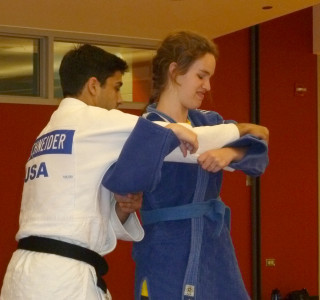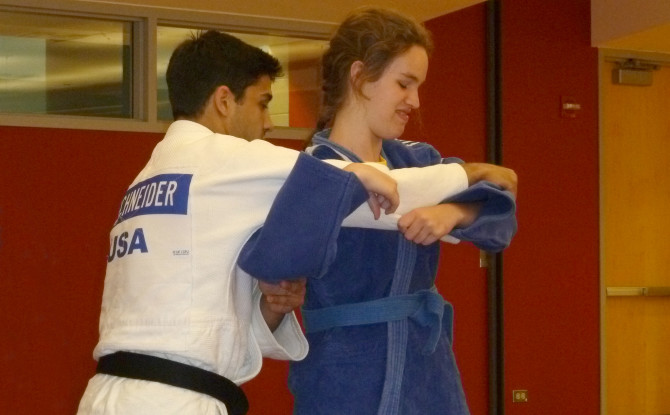
Tips for Staying Safe As An Individual with Vision Loss
June 2, 2016
We constantly hear about violent crime across the United States and in our own neighborhoods. In today’s world, everyone is prone to experience some type of crime. This includes theft, assault, physical abuse and murder. People with disabilities are more than twice as likely to experience a violent crime. According to the Bureau of Justice, 36 out of every 1000 individuals with disabilities were crime victims in 2013. In contrast, only 14 out of every 1000 non-disabled individuals suffered crimes that year. Furthermore, 41 percent of the crimes against people with disabilities were by someone they knew well or an acquaintance.
I will share tips and suggestions that can help those of us with vision loss stay safe when out and about and at home. These suggestions include tips from various Internet sources, as well as things I myself have done and found helpful. I will also provide links to other web resources.
- Become familiar with your surroundings. If you’re going to a new location, research it ahead of time so you have an idea of where you are. Always confirm addresses and learn about important nearby landmarks and businesses. Make note of emergency exits, elevators and stairwells, particularly if you’re traveling on your own. Know your transportation options (i.e. bus stops, availability of cabs, etc.) so you will have the most convenient and safest way to return home.
- Let close family and friends know where you’re going and what time you expect to return. This is especially important when going to new or unfamiliar places. If using Uber or other ride-sharing apps, these have an option to share your location with others. That way, they can track where you are and the approximate time you’ll arrive at your home or other location.
- If you use a mobile phone, GPS or other assistive device, make sure it is fully charged before you go out.
- Always be alert to your surroundings. Walk confidently and pay close attention to suspicious sounds or people nearby. When waiting for a bus, train or cab, stay near a well-lit area. If possible, wait in a bus shelter, bench or building.
- If you are taking a cab, Uber or Lyft and are with a sighted person, ask them to keep an eye out for your ride. This is especially helpful in unfamiliar places. When you’ve spotted the car, always identify yourself and the driver so you know you’re getting in the right vehicle. Another thing I’ve found helpful is to use my GPS to periodically track where I am during the ride and to make sure I’m heading in the right direction.
- Be as specific as possible when asking for help or giving directions. Let the person know where you want to go and any other helpful information like landmarks, street intersections, etc. If in a vehicle, give the driver as many directions as you can to your location.
- When taking a cab or other ride home, make sure you have your door keys handy as soon as you get out of the car. Ask the driver to wait until you’ve safely made it inside.
- If you’re at home and can’t see who is at the door, always make sure to ask before opening. Even if I’m expecting family or friends over, I ask them to call me when they’re at the door.
- Take a self defense course. Judo or other classes can be of great help to those with and without vision loss. The 1 Touch Project self defense for the blind and visually impaired is a course specifically designed to teach different physical techniques for self defense to people with vision loss. The Hadley School for the Blind also offers a course on self defense and other resources for people who are blind or visually impaired.
This page from The National Crime Prevention Council lists other tips and suggestions. More information about staying safe while using ride-sharing services can be found here. What other personal safety tips or suggestions do you have for individuals who are blind or visually impaired?






